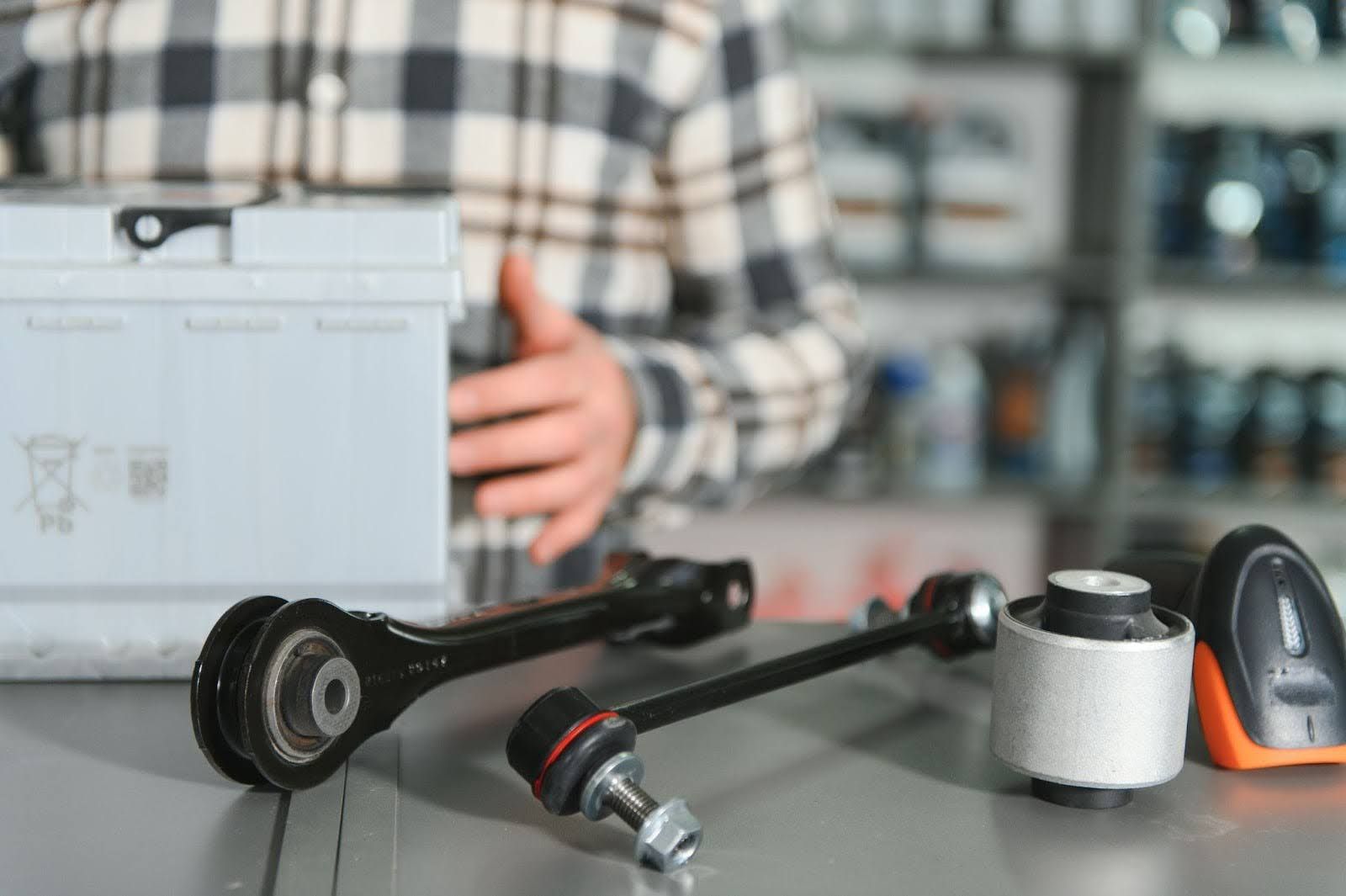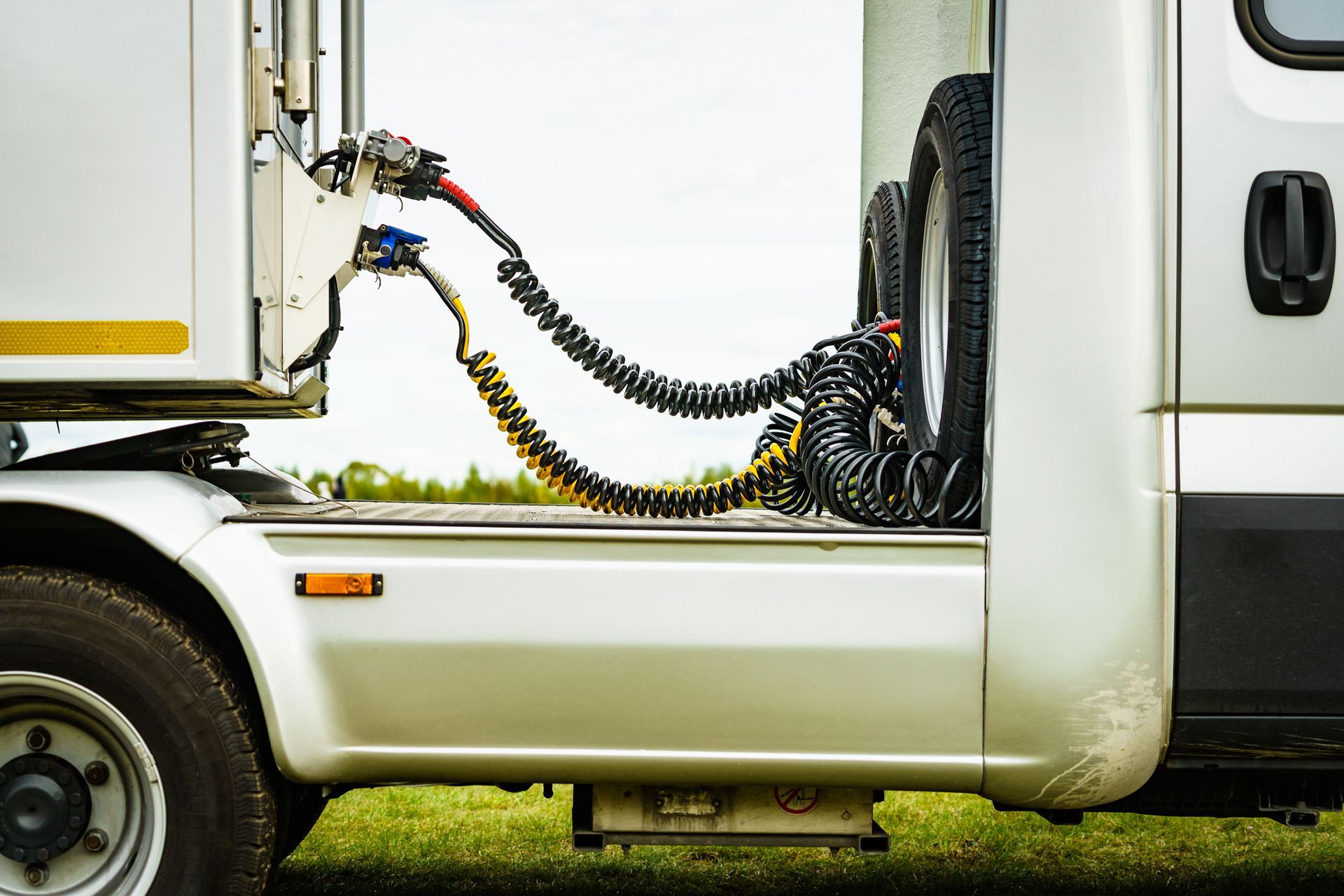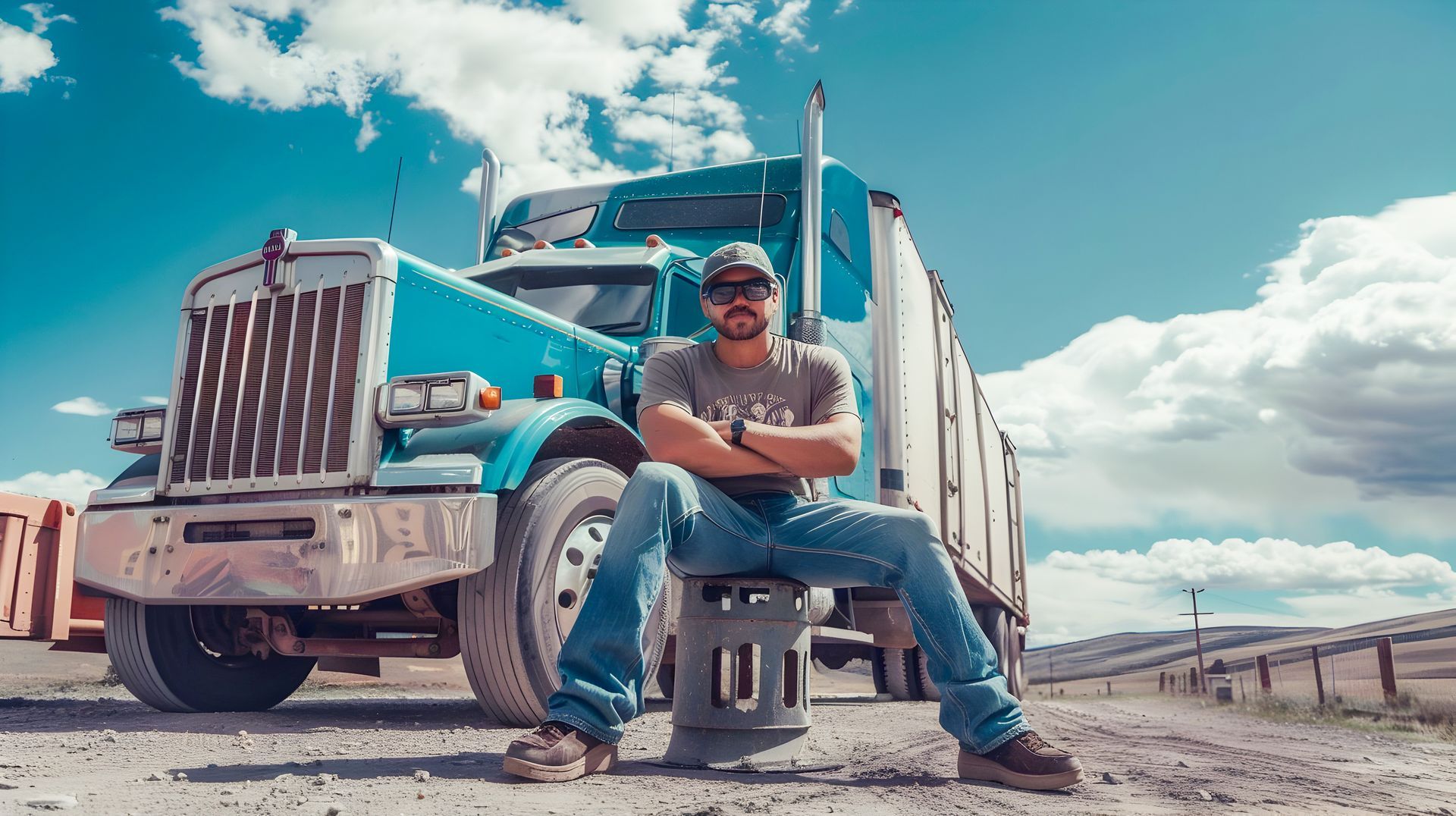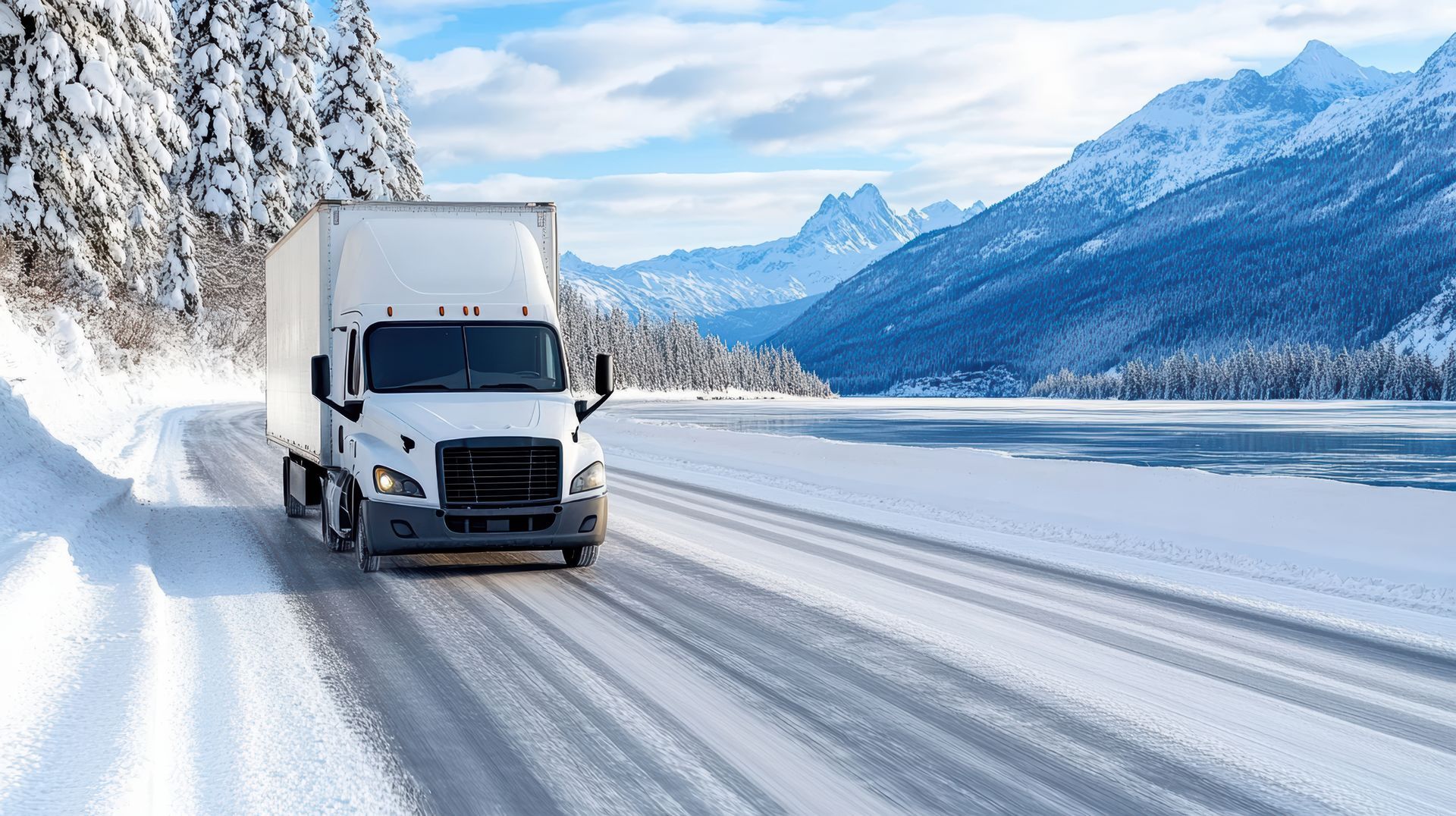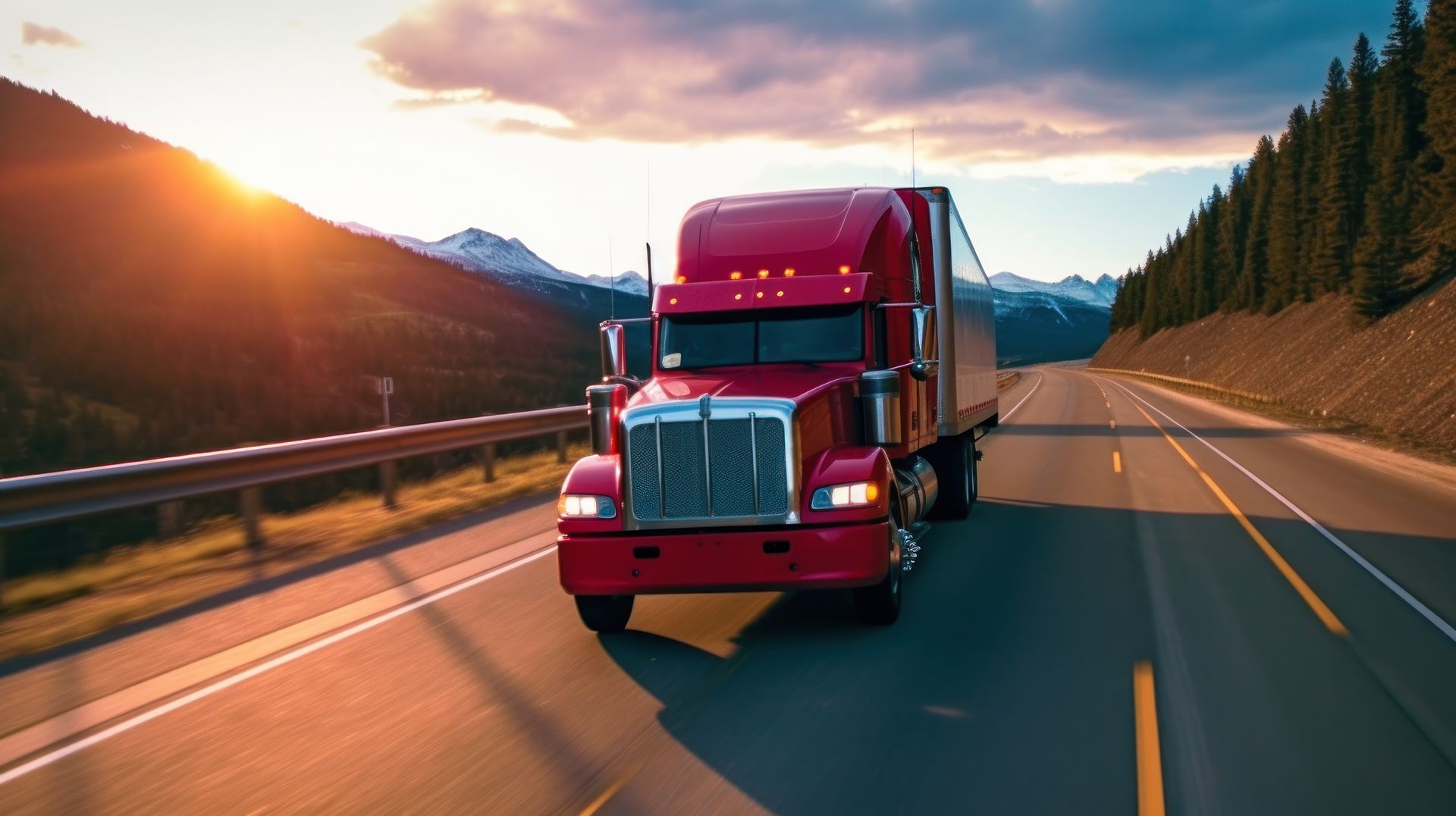Retrofitting Older Trucks with Modern Parts: What You Need to Know
Retrofitting older trucks can be one of the most rewarding ways to maintain the heritage of your vehicle while incorporating the latest technology. For those who love the classic look and feel of an older truck, modern features can significantly enhance safety, performance, and driving experience. Whether you’re a small business owner relying on your truck for deliveries or a dedicated enthusiast restoring a piece of history, understanding the key considerations behind retrofits is crucial to getting the most value out of your trucking investment.
Here, we’ll explore practical steps for integrating contemporary components into older trucks, discuss the importance of regulatory compliance, highlight success stories from the broader trucking community, and provide guidance on next steps to keep your vehicle running at its absolute best.
Understanding the Need for Modern Retrofits
Classic trucks hold a special place in automotive history, and many find them visually appealing thanks to their iconic designs and robust construction. But while they might look timeless, today’s advancements in safety, efficiency, and reliability can’t be ignored. Upgrades such as advanced braking systems and improved lighting technology have contributed to a steady decrease in vehicle-related accidents. This means that a few modern additions can elevate both driver and passenger safety in everyday operations.
Retrofitting isn’t simply about aesthetics; it’s about enhancing the life span of a classic truck. Many older venting, heating, and cooling systems can struggle under modern demands, especially if a vehicle is pressed into service for daily or commercial use. By installing contemporary engine mods or improved air conditioning systems, owners can get more mileage and comfort while preserving the nostalgic charm of their favorite ride.
Navigating Regulatory Compliance
Before overhauling an older truck with modern parts, be aware of the regulations that govern vehicle modifications. In the United States, agencies such as the FMCSA set forth standards and requirements for commercial vehicles, while state-level transport authorities may impose additional guidelines. Truckers aiming to outfit a classic model for commercial fleets often focus on compliance with emission standards, load weight restrictions, and operational practices.
As these regulations ever-evolve, particularly around emissions control, upgrading an older diesel engine could mean installing aftermarket pollution-control devices or even partially converting specific components to abide by environmental directives. In many cases, the U.S. Environmental Protection Agency (EPA) details guidelines for retrofitting diesel vehicles, urging owners to use certified parts and authorized service centers for the installation. Ensuring your truck’s compliance not only upholds environmental standards but also helps you avoid fines or unexpected operational restrictions.
Essential Retrofits for Safety and Efficiency
Modern Braking Systems
Brakes are arguably the most critical safety feature in any vehicle. Older trucks often rely on drum brakes that may not meet modern demands. Switching to a disc brake system can provide a significant improvement in stopping power, helping reduce overall stopping distance. For commercial operators, staying up to date with current brake technology can keep your fleet running safely and in line with federal guidelines. In fact, the National Highway Traffic Safety Administration (NHTSA) regularly emphasizes the vital role of braking systems in reducing accidents.
Upgraded Lighting
Retrofitting your truck’s lighting systems does more than just add a contemporary touch. Enhanced LED headlights and taillights provide better visibility, draw less power, and can last substantially longer than older bulbs. Since older truck wiring systems might struggle with modern lighting demands, consider installing updated wiring harnesses to reduce the strain on your electrical system.
Advanced Engine Enhancements
If you’re looking to improve overall performance and fuel economy, start with an engine retrofit. Newer diesel or gasoline engines are typically more efficient and environmentally friendly than their predecessors. Engine control modules (ECMs) allow for refined engine management, delivering better fuel injection and improved ignition timing. By upgrading to a modern ECM, you not only make your truck more driveable but also more compliant with emission regulations.
Enhanced Suspension and Steering
Classic trucks can be prone to body roll and imprecise steering—quirky characteristics that can diminish the driving experience. Swapping out older leaf springs for coil spring or air suspension systems results in better handling, stability, and ride comfort. Modern power steering setups can also improve maneuverability, an essential upgrade if you plan to use your truck for towing or hauling heavier loads.
Challenges and Solutions
Parts Compatibility
One of the biggest hurdles in retrofit projects is ensuring new parts fit seamlessly with old components. For enthusiasts working on significantly older models, sourcing or fabricating adapters and special brackets can be time-consuming. A practical way to tackle compatibility issues is to create a detailed blueprint or consult experienced mechanics who specialize in classic restorations.
Structural Integrity
Older trucks might carry structural wear and tear that becomes more apparent when fitting modern, often heavier components. Reinforcing the chassis or upgrading to modern frames can ensure your vehicle remains robust enough to handle newfound power or additional load capacity. Proactive measures like replacing deteriorated metalwork and strengthening critical areas lengthen your truck’s operational life while preventing safety hazards down the road.
Continuing the Legacy
When you retrofit an older truck with modern parts, you’re honoring the past and reinventing the future. While the process may sometimes appear daunting—requiring careful attention to part compatibility, regulatory guidelines, and specialized installation techniques—thorough research and the right resources can take much of the stress out of the equation. Trucking culture has long revolved around innovation and resilience, and upgrading a classic truck aligns perfectly with these values.
Modernizing everything from the braking system to the suspension transforms your vintage ride into a practical powerhouse. Your commitment to these improvements not only benefits your daily drives but also ensures you contribute to a safer, cleaner industry. Ultimately, each retrofit is a statement of pride: a testament both to the legacy of older trucks and to your dedication as an owner determined to keep that legacy alive.

